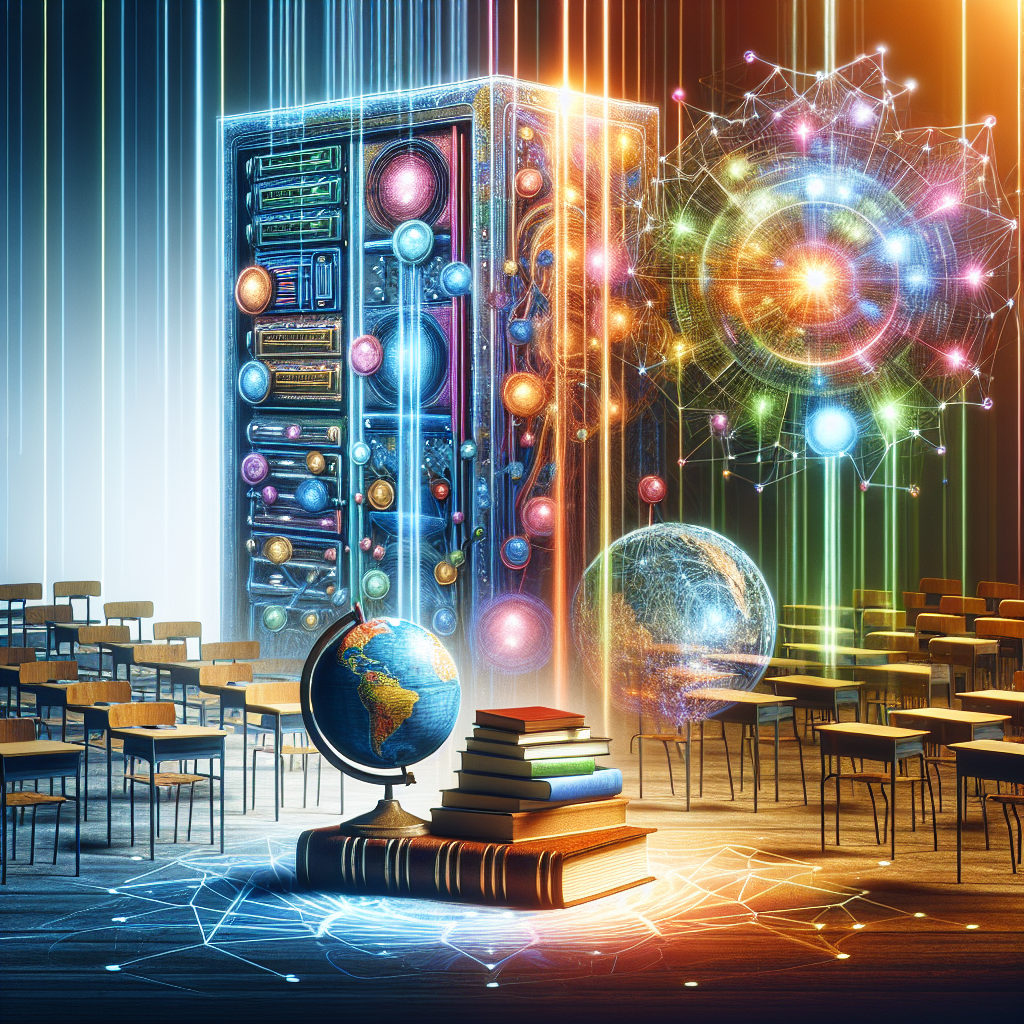Artificial Intelligence (AI) has rapidly become a transformative technology in various industries, including education and learning. The potential of AI-driven solutions in education is vast, offering new opportunities to improve teaching and learning outcomes. From personalized learning experiences to intelligent tutoring systems, AI is revolutionizing the way we approach education. In this article, we will explore the potential of AI-driven solutions in education and learning, and discuss the benefits and challenges of integrating AI into the classroom.
AI in Education: A Game-Changer
AI has the potential to personalize learning experiences for students, allowing educators to cater to individual learning styles and needs. By analyzing student data and behavior, AI can provide personalized recommendations for learning materials and activities, helping students to achieve their full potential. Intelligent tutoring systems, for example, can adapt to each student’s progress and provide targeted feedback to support their learning journey.
AI can also help educators to identify at-risk students and provide early interventions to prevent academic failure. By analyzing data on student performance, attendance, and behavior, AI can flag students who may be struggling and provide targeted support to help them succeed. This proactive approach to student support can help to reduce drop-out rates and improve overall academic performance.
Furthermore, AI can enhance the effectiveness of assessments and evaluations in education. Automated grading systems can provide immediate feedback to students, allowing them to learn from their mistakes and improve their performance. AI can also analyze student work to identify patterns and trends, helping educators to identify areas for improvement in their teaching methods.
Challenges and Considerations
While the potential of AI in education is promising, there are also challenges and considerations that need to be addressed. One of the main challenges is the ethical use of AI in education. There are concerns about data privacy and security, as well as the potential for bias in AI algorithms. Educators and policymakers need to ensure that AI-driven solutions are used ethically and responsibly, taking into account the rights and interests of students.
Another challenge is the digital divide, which may limit access to AI-driven solutions for some students. Not all schools and students have access to the technology and resources needed to benefit from AI in education. Addressing this digital divide is essential to ensure that all students have equal opportunities to benefit from AI-driven solutions.
Furthermore, there is a need for professional development and training for educators to effectively integrate AI into their teaching practices. Educators need to be equipped with the skills and knowledge to use AI tools and technologies in the classroom, and to understand how AI can enhance teaching and learning outcomes.
FAQs about AI in Education
Q: How can AI personalize learning experiences for students?
A: AI can analyze student data and behavior to provide personalized recommendations for learning materials and activities. Intelligent tutoring systems can adapt to each student’s progress and provide targeted feedback to support their learning journey.
Q: What are the benefits of using AI in education?
A: AI can help educators to identify at-risk students, personalize learning experiences, enhance assessments and evaluations, and improve overall academic performance.
Q: What are the challenges of integrating AI into education?
A: Challenges include ethical concerns, the digital divide, and the need for professional development and training for educators.
Q: How can educators ensure the ethical use of AI in education?
A: Educators and policymakers need to ensure that AI-driven solutions are used ethically and responsibly, taking into account data privacy, security, and bias in AI algorithms.
In conclusion, the potential of AI-driven solutions in education and learning is vast, offering new opportunities to improve teaching and learning outcomes. From personalized learning experiences to intelligent tutoring systems, AI is revolutionizing the way we approach education. While there are challenges and considerations that need to be addressed, the benefits of integrating AI into the classroom are clear. Educators and policymakers need to work together to harness the power of AI in education and ensure that all students have equal opportunities to benefit from AI-driven solutions.

